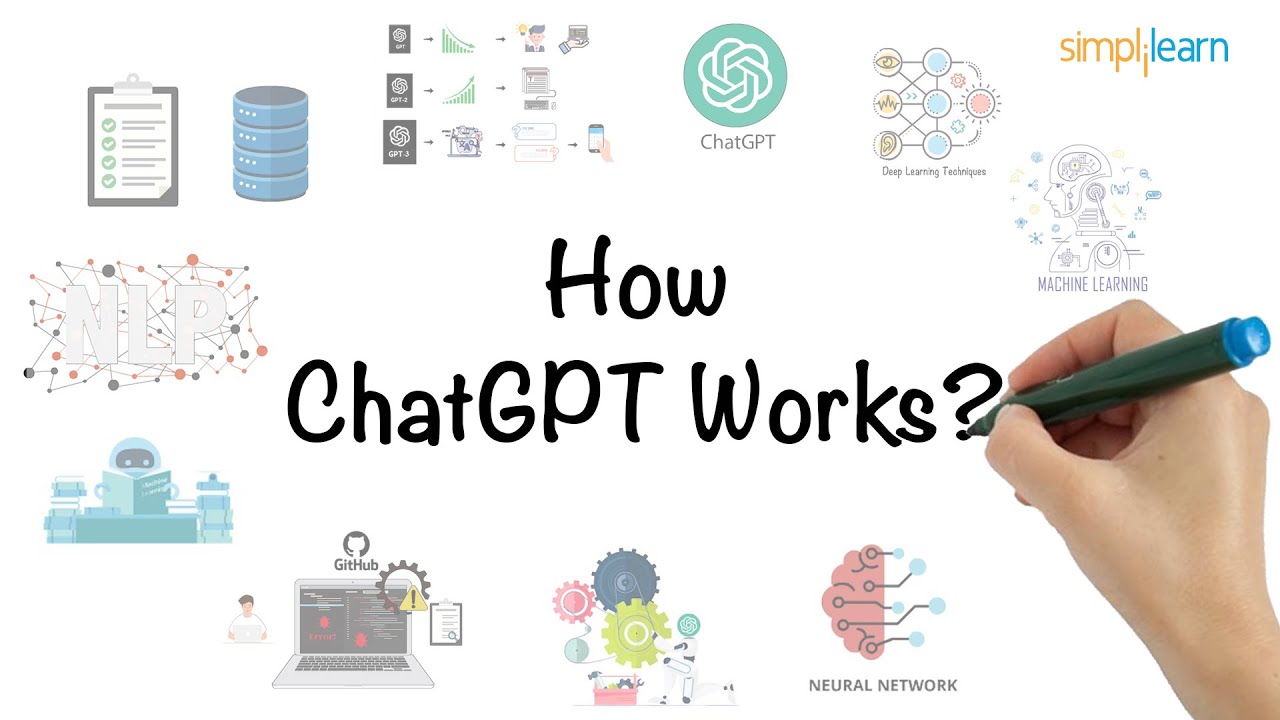Overview
ChatGPT is a form of generative AI known for its ability to generate human-like text responses based on user inputs. This technology has gained popularity for its natural language understanding and generation capabilities, making it suitable for chatbots, virtual assistants, and a wide range of text-based applications. ChatGPT is based on the GPT (Generative Pre-trained Transformer) architecture, which is a type of neural network that has been pre-trained on vast amounts of text data to understand and generate text.
Key Features
ChatGPT offers several key features:
- Natural Language Processing: It can understand and generate text in a natural and conversational manner.
- Human-like Responses: ChatGPT is designed to provide responses that mimic human conversation, making it useful for chatbots and virtual assistants.
- Customization: Users can fine-tune ChatGPT to serve specific purposes, such as customer support or content generation.
- Text Completion: It can assist in completing sentences or paragraphs, making it helpful for content writers.
- Multilingual Support: ChatGPT is available in multiple languages, making it accessible to a global audience.
Some additional key features:
- Contextual Understanding: ChatGPT can maintain context in a conversation, allowing it to provide more coherent responses over extended dialogues. This makes it suitable for ongoing interactions with users.
- Scalability: It can be scaled up or down to meet the requirements of various applications, from small chatbots to large-scale customer support systems.
- Rich Media Generation: ChatGPT is not limited to text; it can generate images, videos, and other media content in response to user inputs.
- Summarization: It can summarize lengthy texts, making it useful for condensing information or generating concise reports.
- Open-Domain Knowledge: ChatGPT has access to a vast amount of general knowledge and can provide information on a wide range of topics.
- Code Generation: Developers often use ChatGPT for generating code snippets or assisting in programming tasks.
- Emotion and Style Control: Users can instruct ChatGPT to generate content with specific emotions or styles, allowing for tailored responses.
These features make ChatGPT a versatile tool for various applications, ranging from chatbots that offer customer support to content generation and beyond.
Please note that ChatGPT’s abilities and features can vary depending on the specific implementation and fine-tuning by developers. Additionally, while it can generate content in multiple languages, the quality of responses may differ between languages based on the training data available.
Links
How ChatGPT Works
ChatGPT operates by using a transformer-based neural network. It takes user inputs (prompts) and generates text responses based on patterns it has learned from the training data. The model’s training data includes a wide variety of text from the internet, books, and more, allowing it to have a broad understanding of language and context.
How ChatGPT Unleashes Its AI Magic ?
ChatGPT, the wizard of words, conjures up its genius through a magical blend of technology and data. Here’s how it all works:
The Transformer Magic
At the heart of ChatGPT lies a powerful transformer-based neural network. This is where the magic begins. It’s like ChatGPT’s spellbook, filled with language knowledge.
The User’s Whisper
When a user sends a message, it’s like whispering a secret incantation to ChatGPT. This message is called a “prompt.”
Decoding the Secrets
ChatGPT’s neural network deciphers the prompt, breaking it down into tiny pieces called “tokens.” It’s like interpreting ancient scrolls.
The Power of Patterns
Now, here’s where the enchantment truly begins. ChatGPT uses the patterns it has learned from its extensive training data. This data is like a library filled with texts from the internet, books, and more. It’s ChatGPT’s source of wisdom.
Creating Spells
Based on these patterns and its understanding of language, ChatGPT crafts a response. It’s like crafting a magical spell, but instead of wands, it wields words.
So, when you interact with ChatGPT, you’re not just talking to a machine; you’re engaging with a wizard of words, weaving linguistic spells from the vast knowledge it holds.
ChatGPT’s magic isn’t just in its responses; it’s in the art of understanding and weaving words that make it feel almost human.
That’s the mystical world of ChatGPT.
Links
Applications
ChatGPT has numerous applications, including:
- Virtual Assistants: It can power virtual assistants that engage in text-based conversations with users.
- Content Generation: It can help automate content creation by generating text for articles, reports, or social media posts.
- Customer Support: ChatGPT can provide automated customer support, answering common questions and assisting users.
- Language Translation: It can be used for language translation and cross-lingual communication.
- Educational Tools: ChatGPT can assist in answering students’ questions and explaining complex topics.
Limitations
While ChatGPT is a powerful tool, it has some limitations:
- Lack of Real Understanding: It generates responses based on patterns but doesn’t truly understand the content.
- Potential for Biased Outputs: It can produce biased or politically incorrect responses based on the training data.
- Inappropriate Content: There’s a risk of generating inappropriate or harmful content if not properly controlled.
- No Context of Time: ChatGPT doesn’t have a sense of time, so it might not provide up-to-date information.
- Large-Scale Data Usage: It requires significant data and computing resources.

Future Developments
AI models like ChatGPT are constantly evolving. Researchers and developers are working on improving these models to reduce their limitations and make them more useful and safe for various applications.
In conclusion, ChatGPT is a notable AI technology known for its natural language generation capabilities. It has a wide range of applications but comes with certain limitations related to bias and understanding. As technology advances, it is likely that ChatGPT and similar models will continue to play a significant role in text-based interactions and content generation.
Links
- TechTarget – What Is ChatGPT? Everything You Need to Know
- Jagran Josh – Chat GPT Full Form with All Details
Founder of Chat GPT
The co-founders of OpenAI, the company that owns ChatGPT, include Sam Altman, Greg Brockman, Ilya Sutskever, and Elon Musk. As Elon Musk stepped down from the company in 2018, the remaining three founders currently run OpenAI. ChatGPT, owned by OpenAI, was launched on November 30, 2022.

vurcazkircazpatliycaz.2XSo1gleZMOI
communalist xyandanxvurulmus.6hl14mHUrkIl